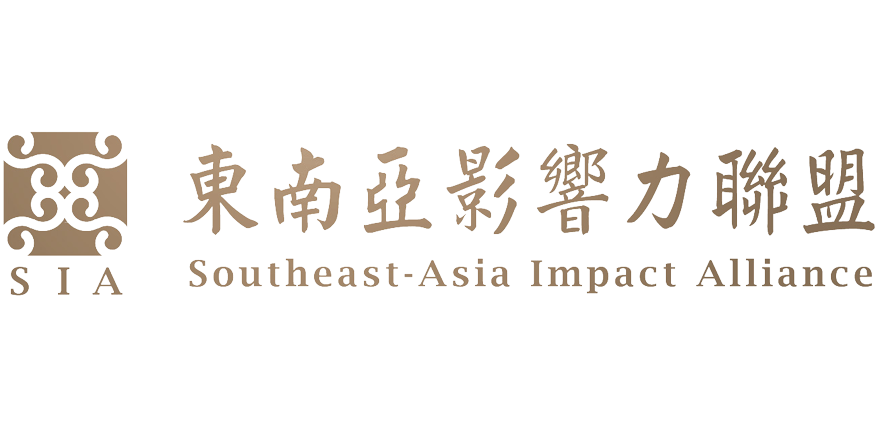Vietnam’s booming demand for health and beauty services foretells promising business opportunities
Vietnam, with a population exceeding 97 million, is one of the rapidly emerging economies in the ASEAN region. In recent years, driven by robust economic growth and the innate pursuit of beauty, there has been a significant increase in the demand for healthcare and aesthetic services among the population. Since 2018, the Vietnamese government has actively promoted the development of the healthcare industry, resulting in the establishment of over 1,500 public and private hospitals by 2022.
The demand for various advanced medical technologies and medical equipment has been steadily rising, and the COVID-19 pandemic has further accelerated the digitization of Vietnam’s healthcare industry. With endless opportunities, the Vietnamese medical sector is becoming increasingly attractive for Taiwanese businesses to explore and invest in.

As the aging population increases, it drives the demand for medical care and health check-ups in Vietnam. Since 1992, Vietnam has been implementing the Social Health Insurance (SHI) system, with the “Health Insurance Law” amended in 2014. Under the new system, health insurance premiums for children under 6, the elderly, the poor, and ethnic minorities are fully subsidized. Students and individuals close to the poverty line receive partial subsidies, expanding coverage from mandatory insurance for only government officials and pension recipients to mandatory insurance for the entire population. According to government reports, the local health insurance coverage reached 90.85% of the population in 2020.
Furthermore, starting in 2021, the Vietnamese government initiated a healthcare plan for the elderly, aiming for at least 70% of the elderly population nationwide to undergo regular health check-ups annually. It is projected that by 2025, at least 95% of the elderly population will have received health check-ups.
With the aging population, the focus of health check-ups for local residents includes diabetes, hypertension, hyperlipidemia, gout, and cancer prevention and treatment. In recent years, Vietnamese hospitals and clinics have actively improved their medical standards by acquiring advanced medical diagnostic equipment, monitoring devices, and surgical room equipment. This is to meet the healthcare and health check-up needs of the middle and older-aged population, such as X-rays, magnetic resonance imaging (MRI), computed tomography scans (CT), and other imaging equipment for disease diagnosis and monitoring. The demand for these devices has rapidly increased in Vietnam.
In 2022, the Vietnamese medical equipment market became the eighth largest in the Asia-Pacific region, with a size of $16.774 billion, representing 0.4% of the global market. With a compound annual growth rate of 10.2%, it is one of the fastest-growing markets in the Asia-Pacific region.
About 90% of medical equipment in the country relies on imports, with major sources including Japan, the United States, Singapore, China, Germany, etc. The remaining 10% is produced by 50 domestic manufacturers. Vietnamese manufacturers can produce 600 approved products by the Ministry of Health, including implantable devices, surgical instruments, diagnostic imaging equipment, hospital beds, surgical knives, cabinets, scissors, and medical consumables. However, high-end diagnostic imaging equipment is mainly imported from Japan and Germany, with a significant quantity of medical consumables imported from Singapore.
Overall, with the increasing aging population, Vietnam’s focus on healthcare is primarily on cardiovascular diseases, obesity, liver cancer, and orthopedics. The demand for medical equipment and devices includes diagnostic equipment related to the aforementioned health issues and diseases, surgical room instruments and sterilization equipment, patient monitoring devices, emergency room equipment, etc.
The craze for medical aesthetics is prevalent in online communities, with a focus on equipment, technology, and certifications. Vietnamese consumers are known for their beauty consciousness. With the increasing popularity of social media and the influence of online influencers, local consumers’ emphasis on appearance has grown, leading to an increased demand for medical aesthetic services. Vietnamese consumers often seek double eyelid surgery to make their eyes appear brighter and more coordinated with their facial contours. Additionally, autologous fat grafting for breast augmentation has garnered attention from internet users.
The perception of medical aesthetics and plastic surgery among Vietnamese consumers is largely influenced by the Korean wave. Discussions on how Korean celebrities maintain their youthfulness, services provided by Korean doctors in Vietnamese clinics, and local influencers sharing their experiences with plastic surgery clinics in Gangnam are common topics. In addition to Korea, medical aesthetic equipment from the United States, fillers certified by the U.S. FDA, and injection techniques approved by the FDA are frequently discussed by internet users.
Source: 工商時報|Link
Visit our service | Link



